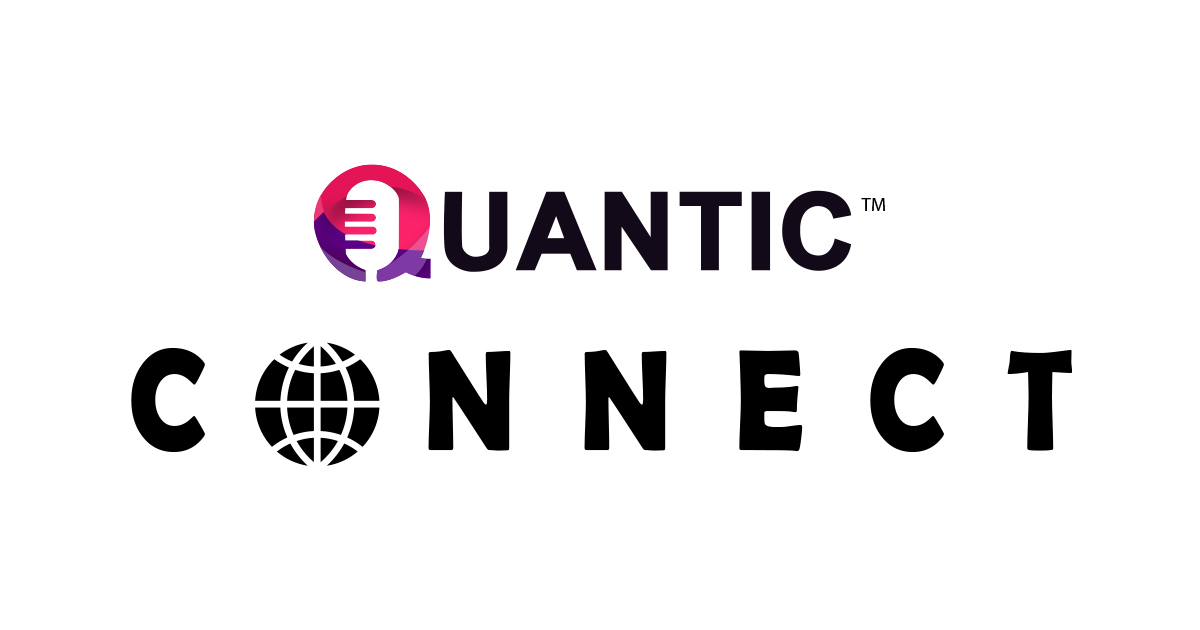Mumbai, September 11: This comprehensive article delves into various vital aspects of contemporary business and technology strategies. It first underscores the importance of crafting a comprehensive digital strategy, outlining key elements ranging from defining business objectives to fostering a culture of innovation. The article then explores the integration of data analysis and IT networking, illustrating how this synergy can enhance decision-making, operational efficiency, and innovation across different industries. Additionally, it emphasizes the pivotal role of collaboration and communication in successfully implementing IT strategies, highlighting their impact on stakeholder engagement and problem-solving. Furthermore, the article provides insights into enhancing technology governance by evaluating emerging tools and practices while preserving organizational continuity. Lastly, it underscores the organization’s role in employee up skilling amidst technological advancements, offering strategies for development and adaptation. In sum, the article offers valuable guidance for organizations navigating today’s dynamic business landscape.
To delve more into these topics, Mr. Chandresh Dedhia who is the Group Head Information Technology at API Holdings is in conversation with Mr. Marquis Fernandes, who spearheads the India Business at Quantic India. Read more as they talk about trending digital strategy, the integration of data analysis techniques and IT networking enhancing decision-making processes.
Mr. Chandresh comes with 25 years of experience in the field of digital healthcare platform which operates an integrated, end-to-end business solving the healthcare needs of consumers through technology and fulfilment capabilities. His expertise spans employee benefits, operational efficiency, IT networking, data analysis, cross-functional collaborations, decision-making, application management, digital technology, problem-solving, strategic thinking, digital strategy, information technology, technology governance, and effective communication.
What key elements should be considered when formulating a comprehensive digital strategy to navigate today’s rapidly evolving business landscape?
Crafting a robust digital strategy to thrive in today’s ever-changing business landscape involves several key considerations:
- Business Objectives: Start by defining clear business objectives. Determine whether your focus is on boosting brand recognition, generating leads, or driving sales. Establishing these objectives is the foundation for crafting effective strategies.
- Target Audience: Understanding your target audience is crucial. Dive deep into their needs, desires, and pain points to create content and messaging that resonates with them.
- Digital Channels: Select the most appropriate digital channels to reach your target audience. Choices include social media, SEO, PPC advertising, email marketing, and more, depending on your audience, budget, and goals.
- Content Strategy: Develop engaging and relevant content optimized for your chosen digital channels. Informative and compelling content is key to capturing your audience’s attention.
- Technology Stack: Identify the technology stack required to implement your digital strategy effectively. This may include content management systems, customer relationship management systems, and analytics platforms.
- Measurement and Analysis: Establish clear KPIs and tracking mechanisms to measure your digital strategy’s success. Regularly analyze your progress and make necessary adjustments.
- Budget Planning: Allocate a budget that aligns with the scope of your strategy and the selected digital channels.
- Cultural Shift: Successful digital strategies often necessitate a cultural shift within your organization. Ensure alignment from top leadership to front-line employees with your strategy’s goals and objectives.
- Agility and Adaptability: Stay adaptable as the digital landscape evolves continuously. Be prepared to pivot and innovate as needed.
- Continuous Evaluation: Regularly measure and assess the outcomes of your digital strategy to refine your approach.
- Technology Investment: Invest in the right technology solutions to streamline strategy implementation.
- Organizational Buy-In: Secure commitment from all levels of your organization for the successful execution of your digital strategy
- Customer-Centric Approach: Tailor your strategy to provide an exceptional customer experience, keeping their needs at the forefront.
- Creativity: Embrace innovation and experimentation to adapt to the dynamic digital landscape.
- Patience: Digital strategy outcomes may take time to materialize; persistence is essential for eventual success.
How do you see the integration of data analysis techniques and IT networking enhancing decision-making processes and operational efficiency within the industry?
The integration of data analysis techniques and IT networking can enhance decision-making processes and operational efficiency within an industry in a number of ways.
- Improved decision-making: Businesses can gain access to a wider range of data and insights. This can help them to make better decisions about everything from product development to marketing campaigns.
- Increased operational efficiency: Help businesses to streamline their operations and improve efficiency.
- Reduced costs: By improving decision-making and operational efficiency, businesses can reduce costs. For example, businesses can use data analysis to identify areas where they can save money on things like marketing, Inventor or production.
- Improved customer service: Businesses can better understand their customers’ needs and preferences. This can help them to improve customer service and satisfaction.
- Increased innovation: By using data analysis to identify trends and patterns, businesses can develop new products and services that meet the needs of their customers.
- Enhanced risk management: By using data analysis to identify risks, businesses can take steps to mitigate those risks. This can help to protect the business from financial losses or other damage.
- Here are some specific examples to enhance decision-making processes and operational efficiency within the industry:
- Retail: Retailers are using data analysis to track customer behavior, identify trends, and personalize marketing campaigns. This is helping them to improve customer loyalty and sales.
- Manufacturing: Manufacturers are using data analysis to optimize production processes, reduce waste, and improve quality. This is helping them to save money and improve efficiency.
- Healthcare: Healthcare organizations are using data analysis to improve patient care and reduce costs. This is helping them to improve the quality of care and save money.
- Finance: Financial institutions are using data analysis to assess risk, manage investments, and detect fraud. This is helping them to protect their customers and improve their bottom line.
- Logistics: Logistics companies are using data analysis to optimize routes, track shipments, and improve customer service. This is helping them to improve efficiency and reduce costs.
What role does collaboration and communication play in ensuring the successful implementation of IT strategies across different departments and teams?
Effective collaboration and communication are pivotal for the successful execution of IT strategies across diverse departments and teams. Here’s how they contribute:
- Understanding Stakeholder Needs: Collaborative communication ensures the identification and comprehension of various stakeholders’ requirements, be it employees, customers, or partners. This insight informs tailored IT strategies.
- Shared Vision: Establishing a shared vision is imperative for seamless strategy implementation. Collaboration and communication cultivate and sustain this unified perspective among departments and teams.
- Problem Solving and Conflict Resolution: Invariably, complex projects encounter challenges and conflicts. Collaboration and communication enable swift problem identification and resolution, ensuring project efficiency.
- Change Management: IT strategy implementation often entails substantial organizational change. Collaborative communication manages this transition, ensuring everyone embraces the new direction.
- Progress Tracking and Adaptation: Regular communication keeps stakeholders informed about strategy progress and facilitates timely adjustments when needed.
How do you evaluate and implement emerging tools and practices to enhance technology governance without disrupting existing processes?
To fortify technology governance while preserving operational continuity, consider these steps for assessing and adopting emerging tools and practices:
- Define Governance Goals: Start by outlining your technology governance objectives. Determine whether your focus is on bolstering security, compliance, efficiency, or other specific goals. This clarity guides your tool and practice selection.
- Assess Current Governance: Analyse your existing technology governance processes, pinpointing strengths and weaknesses. This evaluation illuminates areas ripe for improvement.
- Survey Emerging Solutions: Research a spectrum of emerging tools and practices tailored to enhance technology governance. Identify those best aligned with your organization’s unique needs.
- Conduct Pilot Testing: Prior to widespread implementation, conduct pilot tests on a smaller scale. This trial run reveals how the selected tools and practices function within your organization and flags potential issues.
- Execute Deployment: Once you’re confident in their effectiveness, roll out the chosen tools and practices more broadly. Provide comprehensive training and support to ensure correct usage across the organization.
- Continuous Monitoring: Post-implementation, vigilantly monitor and evaluate outcomes to ascertain whether your technology governance goals are met. This ongoing assessment identifies areas requiring adjustment.
What role does the organization play in up-skilling their employees while new tech evolution is challenging their jobs?
In the face of evolving technology, organizations play a crucial role in empowering their workforce to up skill, some of the ways this can be achieved;
- Offer Training and Development: Provide formal courses, on-the-job training, and mentorship programs.
- Challenge Employees: Encourage them to take on new projects and responsibilities.
- Foster a Learning Culture: Emphasize continuous learning as a core value.
- Provide Resources: Grant access to books, articles, online courses, and learning materials.
- Recognize and Reward: Acknowledge and reward employees for their up-skilling efforts.
Specific strategies include tuition reimbursement, on-the-job training, mentorship programs, conference attendance, and online courses.
To know more about us / publish your article, reach us at
www.quanticindia.com
marquis@quanticindia.com



